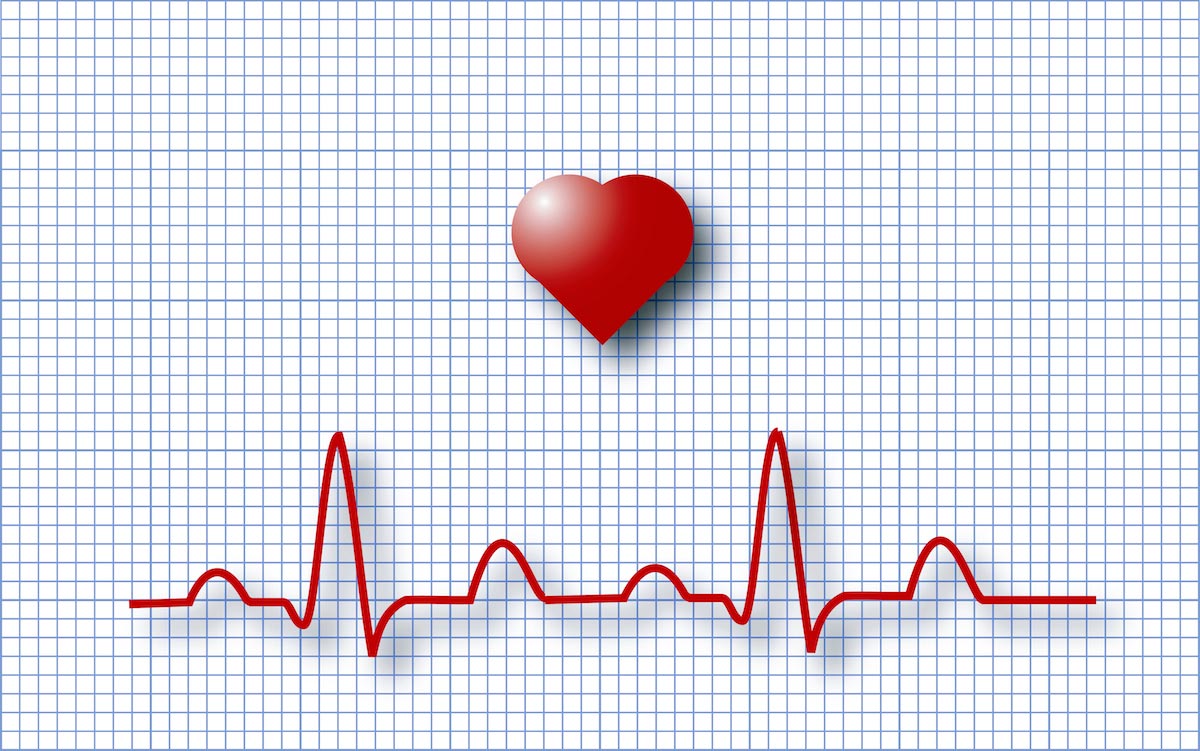A short introduction to vitamin K deficiency
03/13/2019 / By Ralph Flores

A person needs vitamins, so his or her body can grow healthy and strong. For the most part, many people strive to include vitamin-rich foods in their diet: A healthy meal usually has all the vitamins that your body needs in a day, which include:
- Vitamin A
- B-vitamins (thiamine, riboflavin, niacin, pantothenic acid, folate, biotin, and vitamins B6 and B12)
- Vitamin C
- Vitamin E
- Vitamin D
- Vitamin K
It’s worth noting that vitamins D and K are synthesized in the body — the former after exposure to the sun (that’s why it’s called the sunshine vitamin) and the latter from bacteria in the human gut.
If a person does not have not enough of a certain vitamin, it can cause certain health problems. In fact, vitamin D deficiency is common in areas that have winter months. In the U.K., data from the National Health Service, the country’s health agency, reports that cases of vitamin D deficiency have risen in the past three years. This puts people at risk for painful musculoskeletal conditions. As for vitamin K, deficiency is less common in adults. However, it can still occur in children, especially those who have cystic fibrosis, celiac disease, short bowel syndrome, and liver and/or fat malabsorption disorders.
Vitamin K and how it functions in the body
The body needs vitamin K for proper blood clotting and bone metabolism. In particular, this vitamin activates clotting factors in the blood that are produced in the liver.
Plants are the main dietary sources of vitamin K. When people eat vitamin K-rich foods, they actually take in its dietary form phylloquinone — also known as vitamin K1. The food then goes to the large intestine, where gut bacteria convert it to menaquinone or vitamin K2 — the storage form of the vitamin. According to the National Institutes of Health, men should have 120 micrograms of vitamin K every day, while women should consume 90 micrograms.
Some factors that can increase the risk of vitamin K deficiency, aside from having malabsorption disorders, include the following.
- Taking anticoagulants or antibiotics that interfere with vitamin K absorption
- Taking extremely high doses of vitamin A or E
- Not consuming the dietary requirement for vitamin K
For newborns and infants who do not have enough vitamin K, this could be caused by the inability of the mother’s placenta to transfer vitamin K to the baby; having low amounts of it in the breast milk that they ingest; or problems with the liver and gut in producing and using the vitamin.
Since it is essential for proper blood clotting, the main symptom associated with vitamin K deficiency is excessive bleeding.
If a person bruises easily, has small blood clots under the nails, experiences bleeding in the mucous membranes, or has tar-like or bloody stools, it could also indicate the presence of vitamin K deficiency. (Related: Vitamin K is the missing link to prevent arterial hardening and cognitive decline.)
Food sources of vitamin K
Fortunately, if a person eats a balanced diet, he’s most likely getting enough vitamin K.
Some great sources of vitamin K1 are kale, Swiss chard, and other green leafy vegetables, as well as some fruits.
Vitamin K2, on the other hand, can be found in meat, eggs, and natto — a Japanese dish made from fermented soybeans.
Learn more about vitamin K and its other health benefits at Nutrients.news.
Sources include:
Tagged Under: children's health, disease causes, food cures, food is medicine, functional food, nutrients, nutrition, prevention, Vitamin K, vitamin k deficiency




















